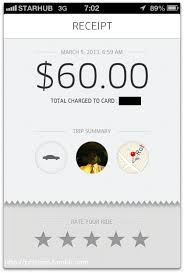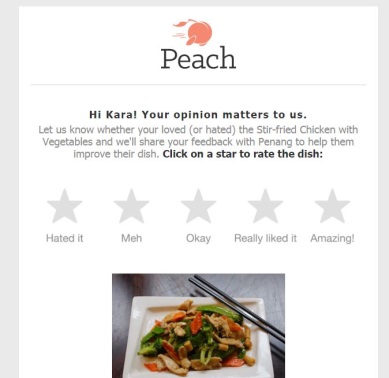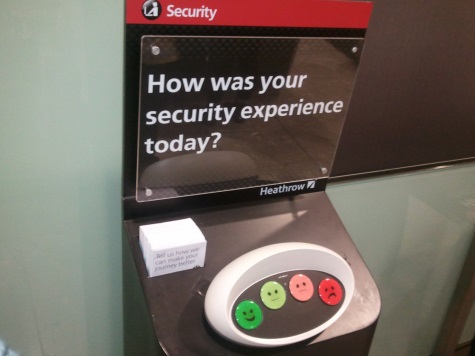Design A Customer Feedback Strategy That Doesn’t Annoy Customers
Asking customers for feedback is one of the most direct ways to understand their experiences and needs across touchpoints. However, we’ve all experienced an organization’s attempt to execute this . . . usually poorly.
Surveys are too long. Callbacks are interruptive. What are they going to do with my feedback anyway?
Combatting these types of complaints is core to recent conversations with organizations who are establishing voice of the customer (VoC) programs. Some questions include: How do you ensure you are engaging with customers at the right time in the right channels, what is the main metric you are asking to ensure consistent data collection, and what is the best way to ask the question to encourage participation?
Recently I used Forrester’s internal collaboration platform — Chatter — to collect stories about when colleagues were asked for feedback. I received a litany of the good, the bad, and the ugly of customer feedback designs. Below are the main takeaways from my internal and external conversations along with examples to consider as you think about the best way to collect information from your customers.
1. Make It Easy
Uber and a local food delivery service Peach make it easy to give direct feedback on a specific experience. They provide visual cues to remind customers what they are giving feedback on and a simple mechanism for providing it (a star rating). There are various ways of executing, including emojis (think Facebook’s recent updates) and scales (e.g., 1 to 5, 1 to 10). Any of these tactics work, as long as they align with your brand and are asked consistently across touchpoints. Both of these examples also provide an opportunity to give more feedback afterward to provide context to the rating.


2. Clearly Connect To The Experience And/Or Touchpoint
Within the examples above, it is also clear what your feedback is related to (a ride and/or dish). These visual cues help remind the customers of their experience to accurately evaluate. Forrester travelers also loved the airport security buttons that are located in select airports and immediately ask how the experience was. However, improvements that are based on feedback have yet to be seen.

3. Make The Impact Clear
Customers want to give feedback if they believe it will improve their experiences going forward. Although giveaways and other incentives can help, they are not sustainable. If a customer is able to see a direct impact of their feedback (e.g., an Uber driver is kicked off the service), they are more likely to want to engage. A colleague recently had an unfortunate stay at a large hotel chain and provided feedback through a post-stay survey. As a follow-up, the hotel manager emailed her and gave her rewards points as recognition of the hotel’s shortcomings. In addition, she was “randomly selected” for an upgrade on her next stay. She felt heard, and it made her next experience better.

Although more complex annual surveys may still serve a purpose in understanding key customer drivers, developing a dynamic program consisting of touchpoint surveys will enable organizations to take a constant pulse on their customers to ensure ongoing consistency and good customer experience delivery.
To check out other thought leadership on collecting feedback, see these Forrester reports: “Seven Steps To Successful Customer Experience Measurement Programs” and “Beyond Surveys: New Tools For More Effective CX Measurement.”
